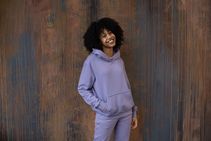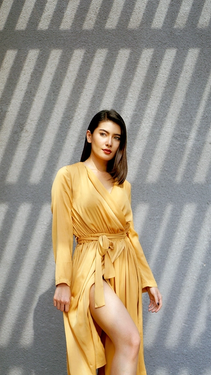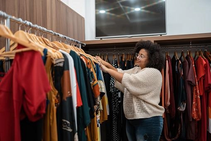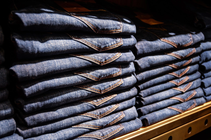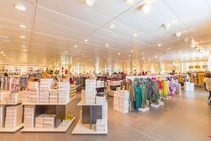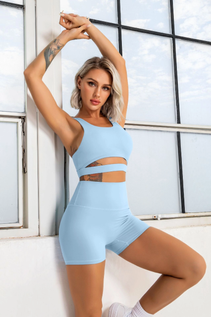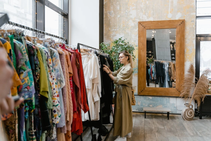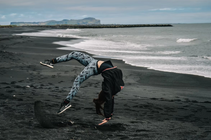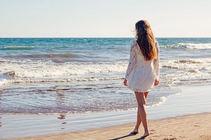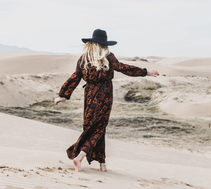Buy Wholesale Women’s Clothing and Prices
Buy thousands of Wholesale Women’s Clothing such as wholesale dresses, t-shirts, crop tops, and skirts.
Shop At Store Prices
Shop from Turkish vendors with top-notch quality without middlemen and extra commission
Lonca Wholesale Clothing Marketplace Frequently Asked Questions
What is Lonca?
Lonca is a European B2B e-commerce platform that facilitates the wholesale purchasing process of unique women's clothing from Turkey for customers worldwide. We work with hundreds of verified vendors to bring boutique sellers, e-commerce sellers, and influencers. From order to delivery, Lonca manages the entire process. Simply choose your products, pay online, and conveniently track orders while we handle the rest.
Why should I prefer buying from Lonca?
We take pride in the quality and uniqueness of the products offered on Lonca. We believe that your customers will love our products and they will fly off your shelf. All brands on Lonca are verified and compliant on all fronts - legal, financial and ethical. Our on-ground team conducts a thorough physical inspection of the brand’s factories. Products from all brands can be sold globally across all platforms.
Which countries do you ship to?
Lonca ships all around the globe – including all of North America, Europe, Australia, the Middle East, and Africa.
How can I make an exchange request?
Simply visit your profile page and submit a request through the ‘Exchanges” tab. Your exchange request will be processed within 1-2 business days.
Wholesale women’s clothing is more than just a convenient way to stock your store. It’s a whole business approach that involves purchasing large quantities of items at discounted prices.
When you say women's clothing, these important questions come to mind of every boutique: What sleeve type should I use, balloon sleeve or puff sleeve? What sleeve length does my female customer like, long sleeve clothes or short sleeve clothes? What neckline does my female customer like, crew-neck dresses or v-neck sleeve dresses? The list goes on..
According to James Chen, Wholesaling is the act of buying a large number of goods directly from suppliers or distributors or warehouses to sell them to retailers. Then selling those products to other businesses. These businesses are part of the B2B sector (business-to-business). The difference? B2B deals with selling to other companies rather than individual consumers, who make up the B2C (business-to-consumer) sector. The good news? Buying wholesale can save you money and help you build stronger supplier relationships and also allow you to offer a wide variety of wholesale ladies clothing in your store. Also women’s clothing is one of the biggest aspects of buying wholesale clothing with a lot of stakeholders and variety and competition..
A key feature of Wholesale women clothing is the ability to get consistent styles and sizes in bigger quantities. Imagine you run a small fashion shop. You need consistent stock to meet demand for both women's clothes and wholesale women accessories. That’s where wholesale helps. You receive bulk shipments that maintain uniform quality and design. This consistency is crucial for businesses that want to avoid running out of popular items. Another plus? You can often negotiate prices. Because the more you buy, the better the discount.
The biggest question? Manufacturing versus buying ready-made wholesale when you want to resale. Manufacturing means you oversee production and choose fabric, design, and style. It can give you creative control but requires time, up-front investment and factory coordination. Buying ready-made wholesale women’s apparel, on the other hand, offers a simpler path. You purchase clothes that are already designed and produced. Then you resell them. It’s often the faster option for businesses that need immediate inventory. Both approaches have their pros and cons. The bottom line? You have to pick the route that matches your budget, timeline and brand vision.
- What is the Price Range for Wholesale Women's Clothing?
- What are the Price Factors for Women Clothing in the Wholesale Industry?
- What are the Categories for Wholesale Women's Clothing?
- Women Tops for Wholesale
- Women Outerwear for Wholesale
- Women Sets&Suits for Wholesale
- Women Bottoms for Wholesale
- What are the Sizes Available for Wholesale Women Clothing?
- What are the Styles for Wholesale women's clothing?
- What are the Best Occasions for Women Clothing when you buy it wholesale?
- What are the Fabric Materials used for Wholesale women clothing?
- What are the Seasons to Wear Wholesale Women's clothing?
- What are the Color Options for Wholesale Women’s clothing?
- What are the Wholesale women clothing Vendors and women clothing Wholesale Suppliers?
- Can I buy from different suppliers for Wholesale women clothing?
- What is the Difference Between Women's Clothing Industry in B2B and Men?
- How to Take a Price for a Wholesale women's clothing?
- How to Choose Wholesale Women Clothing for Your Boutique?
- How can I buy bulk women's clothes in the wholesale industry?
- What is the Shipment Duration for a Wholesale women clothing Purchase?
- What are the Return policy options for Wholesale women clothing?
- Why should you choose Lonca for Wholesale women clothing?
What is the Price Range for Wholesale Women's Clothing?
The price range for wholesale women's clothing is from 1$ to thousands per product. Yes, it varies a lot because there is no stopping point. The broad span of wholesale pricing reflects many elements: brand reputation, garment complexity, and the volume of items you order. For instance, some ladies apparel wholesale dealers focus on budget-friendly basics that cost only a few dollars each. Others specialize in high-end fashion that can stretch your budget significantly. This wide gap means you can find deals that fit almost any business model. The good part? You have the flexibility to cater to different customer segments.
Sometimes, people wonder if the market is large enough to support this variety. According to the data of Statista, the total value of the Women's Apparel Market is projected to reach US$231.33bn in 2025. Look at the current women clothing market size for more details. Such numbers highlight a booming industry. It also shows why wholesalers can offer everything from low-cost tees to premium dresses. Because when demand is high, the supply follows suit. And that means plenty of pricing options for your business.
What are the Price Factors for Women Clothing in the Wholesale Industry?
The price of quality wholesale women’s clothing depends on several factors. Here’s a quick list explaining each:
• Fabric Quality and Design Details
Higher-grade materials push costs upward. Complex designs also need more labor, which increases prices.
• Brand Reputation
Well-known suppliers(brands) often come with elevated costs. They invest in marketing and quality assurance.
Şerif Melih Demirci, clothing expert at Lonca mentioned that:” What we observed from Lonca’s customers in the context of wholesale women clothing, it is all about producing the right product for the market, and increase your brand awareness across boutique and end customers.”
• Order Volume
Buying in bigger batches usually leads to lower per-item rates. It’s basic economics of scale.
• Manufacturing Location
Producing clothes in regions with cheaper labor can cut costs, resulting in cheap ladies clothes wholesale. But it may also affect shipping and lead times.
• Seasonal Trends
Styles in high demand (like holiday or natural fabric summer collections) might come with a premium price tag.
What are the Categories for Wholesale Women’s Clothing?
Below are the main women clothing categories, each with a short note on its most obvious physical trait:
Women’s Dress for Wholesale
From our observation as Lonca with years of expertise in wholesale women clothing we can state that dresses are the cornerstone of sartorial elegance in women's clothing. Dresses embody a perfect blend of form, function, and fabric innovation. As a staple in every woman's wardrobe, dresses provide diverse occasions from casual daywear to red carpet glamor. In the high-fashion industry the construction of a women's dress is dictated by precise tailoring techniques, draping mastery and fabric manipulation. For example, bias cut silk charmeuse skims the body perfectly and it offers fluidity and movement, while structured duchess satin provides architectural integrity for eveningwear. Designers leverage haute couture techniques such as moulage, hand-rolled hems and also internal boning to create silhouettes that contour and enhance the body's natural form. The interplay of darts and princess seams and godets ensures a perfect fit. On the other hand, advancements in 3D pattern-making and digital prototyping have changed the precision tailoring. The expertise behind fabric selection and construction dictates both aesthetic and wearability in women's fashion whether it's a sculptural crinoline-backed ball gown or a minimalist slip dress.
In addition to craftsmanship, the textile composition and embellishment techniques define a women's dress market positioning and brand identity. Luxury houses opt for opulent textiles such as silk organza, Mikado and jacquard. It is often incorporating hand-embroidered appliqués such as French Chantilly lace or Swarovski crystal embellishments to elevate their couture collections. The use of sustainable materials, including organic cotton, TENCEL™ and bioengineered fabrics such as MaSp1,MNC,C3H4O2 reflects our industry's commitment to eco-conscious production without compromising on luxury. Understanding fabric behavior from drape coefficient to tensile strength is important in dress design for women. It ensures that the dress not only looks perfect but also maintains structural integrity. This applies across various silhouettes from A-line and sheath to mermaid and empire waist designs.
When we come to textile engineering, we have seen that fabric blends play a crucial role in optimizing a woman's dress performance and longevity. For example, a 70/30 blend of silk and polyester enhances breathability. Similarly, a 60/40 cotton-modal blend offers very good softness. High stretch eveningwear often incorporates elastane at a ratio of 5-8% within a viscose or polyester base. It ensures flexibility without compromising structure. It is an important feature for fitting women's evening dresses. Meanwhile, technical fabrics such as a 50/50 mix of wool and synthetic fibers provide temperature regulation while maintaining a tailored drape, commonly used in structured women's winter dresses. The tensile strength (measured in megapascals), GSM (grams per square meter) and elongation percentage of these blends allows designers to craft women's clothing that balances aesthetic appeal with functional performance.
Women’s Tops for Wholesale
• Women’s T-Shirts for Wholesale are Lightweight and casual often with short sleeves.
• Women’s Bra for Wholesale is Supportive undergarment designed for comfort.
• Women’s Crop Top for Wholesale is a short-cut design that reveals the midriff.
• Women’s Blouse for Wholesale is Flowy fit with a tailored look around the shoulders.
• Women’s Corset for Wholesale is Fitted torso with lacing for shape control.
• Women’s Bodysuit for Wholesale is One-piece garment that fits snugly over the torso.
• Women’s Tunic for Wholesale is a Longer top that drapes over the hips.
• Shirts for women in Wholesale business are standard collar and button-up front.
• Sweater for women in Wholesale business is knitted fabric for warmth and comfort.
• Bustier for Wholesale is Strapless top structured to accentuate the bust.
• Ladies’ Sweatshirt for Wholesale is a Cozy pullover with a relaxed fit.
• Cardigan for Wholesale is Open-front knitwear with buttons optional.
• Poncho for Wholesale is a loose outer garment with a hole for the head.
• Hoodie for Wholesale is Sweatshirt style with a hood attached.
Women’s Outerwear for Wholesale
• Kimono for Wholesale is Draped sleeves and a wrap-front design.
• Abaya for wholesale is a Long robe covering the entire body.
• Jacket for women is Front-opening layer with pockets.
• The Coat for Wholesale is a Longer outer layer for cold-weather protection.
• Trenchcoat for Wholesale is a Belted coat with a weather-resistant fabric.
• Vest for Wholesale is a sleeveless layer worn over a shirt.
• Raincoat for Wholesale is Waterproof material to guard against rain.
• The denim Jacket for wholesale is Sturdy cotton twill with a button-up front.
Women’s Sets&Suits for Wholesale
• Set for Wholesale is Matching pieces designed to be worn together.
• Jumpsuit for Wholesale is One-piece outfit that combines top and bottom.
• Suit for Wholesale is a Coordinated jacket and pants or skirt for a formal look.
• Tracksuit for Wholesale is Sporty two-piece outfit with jacket and pants.
Women’s Bottoms for Wholesale
• Skirt for Wholesale is a waist-fitted garment that drapes down the legs.
• Leggings for Wholesale are Stretchy, form-fitting bottoms for comfort.
• Jeans for Wholesale are denim pants with a durable weave.
• Shorts for Wholesale are Cropped pants that end above the knee.
• Pants for Wholesale is Full-length bottom wear with various cuts.
• Pareo for Wholesale is Wrap-around cloth typically worn at the beach.
• Sweatpants for Wholesale are Soft and elastic-waist bottoms for lounging.
• Socks for Wholesale are foot coverings that come in pairs.
• Denim Shorts for Wholesale is Sturdy and short-length denim bottom wear.
What are the Sizes Available for Wholesale Women Clothing?
Sizes in wholesale women clothing usually range from Small to XL or beyond. But here’s the catch. Sizing can vary across regions so a Medium in Europe might feel more like a Small in the United States. Some suppliers also use numeric scales, like 6, 8, 10, and so on. The good news? If you pay close attention to measurement charts and ask suppliers for exact dimensions, you can avoid these size mismatches.
It’s also important to remember that every supplier has different sizing standards. Some might specialize in plus sizes, while others stick strictly to standard sizes. That’s why you need to know your customer base before placing an order. Do they prefer roomier fits? Are they mostly shopping for petite cuts? Gathering feedback or reading reviews can guide you toward the right sizes. If your customers complain that items run too large or small, you can adjust future orders accordingly. In short you should focus on consistent sizing to keep your customers happy and your business profitable.
What are the Styles for Wholesale women clothing?
When shopping for wholesale women’s boutique clothing, you might be surprised by the variety of styles out there. Each style focuses on specific design elements and target audiences. Ready for the main ones? Here’s a list with details:
• Wholesale Women Formal Clothing
Think office suits, dressy blouses, and elegant skirts. The idea? Provide professional looks for events like business meetings or evening receptions. In my early days of running a clothing store, we found that formal outfits sold best during peak corporate hiring seasons. Because buyers needed polished attire that could be worn daily. Formal clothing in wholesale often comes with tailored fits, neutral colors and minimal embellishments.
• Wholesale Women Plus Size Clothing
This style is all about inclusive sizing. Many people struggle to find clothes that fit comfortably. The good news? Plus size wholesale collections focus on cuts that highlight curves without feeling tight. You’ll see stretch fabrics, longer hemlines and thoughtful details like adjustable waistbands. These help women of all sizes feel confident.
• Wholesale Women Modest Clothing
Some shoppers prefer outfits that provide more coverage. Wholesale modest clothing might include longer sleeves, higher necklines, and below-the-knee lengths. It’s popular for religious or cultural reasons, but also for comfort and personal style. As a store owner, offering modest collections can attract customers seeking classy yet understated designs.
• Wholesale Women Ethnic Clothing
This segment highlights traditional or culturally inspired pieces. Examples? Vibrant prints, embroidered patterns, or silhouettes like kaftans and sarees. People often buy these for festivities, weddings, or cultural celebrations. Ethnic lines can be seasonal. Certain prints and styles trend during specific festivals. The best part? It adds global flair to your inventory, drawing in buyers who want a touch of heritage in their wardrobe.
• Boho style for women
This style was rising in the mid 2010s. Now it is currently losing it’s trend. However, it is still loved by a lot of women clothing designer and fashion expert.
What are the Best Occasions for Women Clothing when you buy it wholesale?
When you purchase clothes in bulk, timing and purpose are everything. Different occasions call for different looks. Let’s break it down:
• Women clothing for Proms
Prom is a special event that marks a big moment for many high school female students. Wholesale prom dresses often come in shimmering fabrics, with elegant silhouettes like A-line or mermaid. Because retailers know parents and students are on the hunt for affordable yet stylish options. Buying these in bulk can help you stock a range of sizes and colors. Picture pastel chiffon gowns or bold sequined dresses. The variety can be endless.
• Evening women clothing
For sophisticated nights out like galas or upscale dinners shoppers want something more refined. Evening wear often includes floor-length gowns, cocktail dresses, or chic two-piece sets. These pieces typically use richer fabrics like satin or velvet. If you buy them wholesale, you can offer multiple designs that appeal to different tastes. Some people prefer classic black, while others might go for jewel tones like emerald or burgundy.
• Lady clothing for Parties
This category is flexible. It ranges from casual birthday outfits to flashy club attire. Wholesale party clothing usually includes mini dresses, sparkly tops, and fun statement pieces. One advantage of buying wholesale? You get a broader selection of trendy items ready to hit the dance floor. If your store focuses on youthful styles, stocking plenty of party wear can attract customers looking for a quick fashion fix before their next event.
What are the Fabric Materials used for Wholesale women clothing?
Fabric choice impacts comfort, style and price, especially when dealing in ladies garments wholesale. Here are the top materials:
• Cotton
Cotton for women clothing is loved for its breathability and softness. Cotton wholesale items are often in high demand. Why? Cotton clothing handles everyday wear. It’s also easy to wash and maintain. Many store owners say cotton basics like tees or leggings are consistent bestsellers.
Dr. Noureddine Abidi, a prominent figure in textile research, have this powerful words for the future of cotton "If we can create a niche market for the low micronaire cotton, that will be of great benefit to the cotton industry. All cotton produced will have a market: high-quality cotton will have traditional textile applications, while low micronaire cotton will have niche applications such as bioplastics"
• Linen
Linen stands out for its lightweight feel and textured look in the women apparel. Imagine a breezy summer dress perfect for hot weather. That’s linen in a nutshell. Although it wrinkles easily many fashion enthusiasts love that lived-in charm. Plus, linen typically lasts a long time if cared for properly.
• Silk
Silk is all about luxury for the clothing industry for females. It’s smooth and has a slight sheen. Think of flowing evening gowns or blouses that drape elegantly over the body. Because of its premium nature, silk pieces often come with a higher price tag. Buying silk wholesale can still be cost-effective if your boutique targets customers who appreciate high-end fabrics.
• Viscose
Also called rayon, viscose is made from plant fibers. It feels soft and can mimic the drape of silk. People love it for being both comfortable and versatile. In the wholesale market, you’ll find viscose in a wide range of items from casual tops to dresses with intricate prints. It’s often a good middle-ground fabric for those seeking affordability without sacrificing style.
What are the Seasons to wear Wholesale Women Clothing?
Seasonal changes have a big impact on inventory and wholesale business. Each season calls for different designs and fabrics for women’s clothing. Below is a list of how it often breaks down:
• Wholesale Summer Women clothing
Warm weather. Bright colors for women. Lightweight fabrics. That’s what you get with summer collections. Wholesale summer lines might include flowy maxi dresses, cotton shorts, or tank tops for clothing for ladies. If you live in a place with scorching summers, adding breathable items is key.
• Wholesale Winter women clothing
Think cozy knit sweaters you want to resale, thick coats, and layered outfits. Winter wear often uses wool, fleece, or padded materials to protect from the cold. Buying them in bulk helps you offer a wide range of styles like long parkas or stylish pea coats. It’s a good idea to start to stock winter items early in the fall so shoppers can prepare for low temperatures.
• Wholesale Spring women clothing
Spring calls for transitional pieces for women's clothing. Why? Because the weather is unpredictable. You might see a warm day followed by a chilly evening. Wholesale spring lines often include light jackets, floral dresses, and pastel tops. People also love layering in spring. So items that work well over or under other garments are especially popular.
• Wholesale Fall women clothing
Fall is the season of cozy cardigans, scarves, and earthy colors in the women clothing world. Retailers who buy fall collections wholesale usually go for items in shades like burgundy, brown, and olive. Shoppers look for outfits they can wear apple-picking or to coffee dates on crisp mornings.
What are the Color Options for Wholesale women clothing?
Color plays a huge role in fashion industry especially for women. Each shade sends a different vibe. Here’s a look at some popular picks especially when dealing with ladies wholesale boutique clothing:
• White Clothing for Females
White is often seen as fresh, clean, and versatile. Whether it’s a linen summer dress or a crisp cotton blouse. Women with white clothes stand out in a crowd of colorful outfits. But keep in mind that white can be tricky to maintain. Stains show up easily. Still, many shoppers love its minimalist appeal, making it a must-have for your wholesale selection.
• Black Clothing for Female
Some say you can never have too many black outfits. It’s slimming, timeless, and can be dressed up or down. Black leggings, dresses, or jackets often rank among top sellers. I recall an old colleague who swore by black garments because they fit any event such as formal dinners, casual nights out, or just running errands.
• Red Clothing for Female
Red demands attention. It’s bold without being flashy. In wholesale categories, red dresses or red tops often attract shoppers seeking a standout piece. Red can also tie into seasonal collections. For instance, a bright cherry red might be popular around holidays or Valentine’s Day. Keep a decent stock in your inventory. Because when customers want to make a statement, red is often their first choice.
What are the Wholesale women clothing Vendors and women clothing Wholesale Suppliers?
If you’re exploring Wholesale women clothing Vendors, here’s a handy table of some well-known clothing suppliers. Each has its own background, specialty pieces, and price ranges. Whether you focus on boutique clothing for women wholesale or large-scale wholesaling, these suppliers might have what you need.
Hope this overview helps you find the right partners. Wholesaling is all about finding good-quality items at decent prices. It’s a balance between variety and consistency. So explore these suppliers and look for what fits your brand. Then, get started on building an inventory that keeps your customers coming back.
Can I buy from different suppliers for Wholesale women clothing?
Absolutely. In fact, choosing multiple suppliers for resale can widen your product range and help you appeal to various customer preferences. What does it mean to buy from different suppliers? You place orders with separate manufacturers or distributors. Each might specialize in a certain style, fabric, or price bracket. Some boutique owners love this approach because it keeps their inventory fresh and diverse. Imagine having a mix of sporty athleisure from one supplier and elegant evening gowns from another. That way, you’re prepared for a broader spectrum of shoppers.
Coordinating the logistics and your supply chain, however, can feel overwhelming. But here’s how Lonca helps: When you purchase from multiple women clothing vendors, Lonca consolidates your orders into one shipment and they make sure that you receive all your women clothing at the same time. This saves on shipping costs and streamlines your supply chain process. It’s even backed by data.
Lonca’s advice: We recommend buying from different wholesalers. 60 American boutiques in the United States both in LA and New York who followed this strategy achieved 27% higher ROI based on our analysis. So spreading out your orders can mean bigger sales down the road.
What is the Maximum and Minimum Price for Wholesale and Wholesale Quantity Amount for Women Clothing?
Prices in wholesale womens fashion can vary a lot. Some businesses might list premium collections at higher rates, while others offer budget-friendly pieces in bulk. The range can cover everything from simple cotton T-shirts to high-end designer dresses. For example, the maximum price for wholesale women's clothing for one piece is 300 $ in Lonca, For one pack it is 1200$. For the minimum price it is 1$ and one pack is 6$ that contains 6 women’s clothing in Lonca. But keep in mind, these figures serve as a snapshot of just one supplier’s offerings.
Different wholesalers will have different costs and packaging methods. MOQ (Minimum Order Quantity) policies also shift from company to company. Some might require you to buy at least 50 pieces per style, while others will let you order a small pack of six. The minimum amount to buy can affect your ability to carry variety in your store. If you’re starting small and searching for Chic outfits, look for wholesalers with flexible MOQs to test new products without overcommitting. Over time, you can move on to higher-volume orders for better deals. The key? Weigh your budget, store size, and customer preferences before making a final call.
What is the Difference Between Women’s Clothing Industry in B2B and Men?
The women’s boutique wholesale sector in B2B stands out for its broad style range and large customer base in the fast fashion world. Colors, patterns, and designs shift rapidly with each season. Stakeholders like boutique owners, and fabric suppliers must stay alert to emerging trends. The market size? Generally bigger than men’s clothing in many regions because women often shop more frequently and look for variety. A business selling women’s apparel in bulk might need to update its inventory monthly or even weekly. The fast-paced nature can be exciting. But it also demands constant research and adaptation.
Meanwhile, the men’s clothing industry tends to focus on classic pieces and slower style changes. Suits, shirts, and casualwear might not see drastic makeovers every season. As a result, men’s B2B sellers can keep their collections stable for longer periods. Stakeholders here may invest more in durable fabrics and neutral colors, relying on steady year-round demand. By contrast, women’s clothing B2B often prioritizes fresh designs and seasonal offerings. So, while both segments thrive in wholesale markets, the women’s side generally moves quicker and caters to a broader taste range.
How to Take a Price for a Wholesale women clothing?
It all starts with communication. Reach out to potential suppliers through their websites, emails, or phone numbers. Introduce your business and share your vision. Be friendly, but clear. Explain your plans for stocking wholesale women clothing like the target demographic and the price range you aim to offer. Ask about base costs, shipping fees, and any hidden charges. Then talk about payment terms. Many suppliers have flexible payment structures if you show you’re serious. I remember contacting a textile company in Istanbul. I laid out my boutique’s style preferences, and they were more than willing to discuss sample orders and pricing tiers.
Once you know the basics, it’s time to negotiate. Don’t assume the listed price is final.
Lonca’s advice: “Think about negotiating beyond the standard rates to secure a competitive cost. Our results show that building relationships with suppliers can result in better price terms.”
Keep your tone polite and respectful, but make it known you’re seeking a fair deal. Sometimes, offering to buy in higher volume can reduce the per-piece cost. Or you can ask for better shipping discounts. The goal? To find a price point that benefits both your boutique and the supplier.
How to Choose Wholesale Women Clothing for Your Boutique?
Start by defining your niche. Are you aiming for trendy streetwear or formal evening dresses? Next, figure out what your customers want. Surveys, social media polls, or in-store chats can uncover surprising details about their style preferences. Price matters, too. Look for the good price value that doesn’t compromise on quality. For instance, if your shoppers are mostly college students, affordable yet stylish pieces might be a hit. My first boutique targeted college grads. So I focused on mid-range day-to-night outfits. They loved having something versatile but not too pricey. Keep a close eye on emerging fashions.
Lonca’s advice: Consider analyzing current fashion trends and seasonality when choosing wholesale women clothing. As Lonca, we’ve repeatedly observed that staying on-trend significantly boosts sales numbers.
Stock items that suit upcoming weather conditions, holidays, or local events. Maybe it’s floral prints for spring or cozy knits for fall. The point is to align your inventory with what’s hot and relevant. Shoppers appreciate a boutique that stays up to date. And in turn, they’ll come back for more.
How can I buy bulk women’s clothes in the wholesale industry?
Below is a step-by-step guide to help you navigate the process. Because let’s face it buying large quantities can be tricky.
1. Research Reliable Suppliers
Look for proven wholesalers with strong reputations. Check reviews and ask for references if possible. This first step ensures you’re dealing with genuine businesses.
2. Contact and Introduce Your Store
Share who you are. Explain your boutique’s theme. Give them a sense of your inventory needs. Transparency helps build trust from the get-go.
3. Request Product Catalogs
Many wholesalers will send digital or physical catalogs. Study them. Compare styles, price points, and minimum order requirements.
4. Negotiate Terms
Don’t shy away from discussing price breaks. If you plan to place a big order, you might get a discount. Remember, polite persistence pays off.
5. Place a Test Order
Try a smaller batch first. This way, you can gauge the supplier’s reliability and product quality before making a bigger commitment.
6. Scale Up
If you’re satisfied, move forward with a larger purchase. This helps maximize profit margins in Wholesale women clothing for boutiques settings.
Following these steps can guide you to a smooth purchasing experience. The result? A well-stocked store with items your customers will love.
What is the Shipment Duration for an Wholesale women clothing Purchase?
Shipping times vary worldwide. On average, you might wait between 7 and 21 days for wholesale women’s fashion clothing to arrive, depending on factors like customs or carrier speed. In some cases, expedited shipping can cut that time in half, but you’ll pay extra for the service. For Lonca, the typical delivery window is 7-14 days. That often accounts for packaging, transport, and any border checks. Of course, certain regions might see slight delays, but most retailers can count on having fresh stock in their hands within two weeks. This quick turnaround helps boutiques keep shelves updated with the latest trends.
What are the Return policy options for Wholesale women clothing?
When buying in bulk, return policies can significantly impact your peace of mind. Here’s a short list to explain your main options:
1. Free returns
Some wholesalers offer a window (like 7 to 14 days) where you can return unused items at no cost. It’s a handy perk if you’re unsure about sizing or quality.
2. No Returns
Other suppliers practice a strict no-refund policy for wholesale orders. They argue that bulk purchases should be final due to discounted rates. This can be tricky, so always read the fine print before you commit.
3. Always Exchange policy
Always exchange is Lonca policy as well. This means you can swap out items for different sizes or designs, even if they don’t allow full refunds. It offers a middle ground for retailers who need flexibility but don’t expect a total money-back guarantee.
Why should you choose Lonca for Wholesale women clothing?
Below are a few reasons that set Lonca apart:
1. Unique Selection
Lonca carry styles ranging from casual tees to elegant dresses. This variety ensures your store caters to many tastes without overloading on similar pieces.
2. Different style
You’ll find modern cuts with timeless classics and region-specific designs in Lonca. Because offering a diverse lineup can keep shoppers excited. Lonca has more than 30000 different products.
3. Good Price
Expect competitive pricing that helps you maintain healthy profit margins. Lonca’s deals often accommodate both small start-ups and bigger enterprises.
4. Best customer support
Lonca’s team is known for quick responses and friendly service. This makes it easier to handle order issues or clarify product details.
In short, Lonca is a marketplace for wholesale and business-to-business website that facilitates connections between boutique owners and trusted women’s apparel suppliers. At Lonca, you can discover an various range of wholesale women’s clothing including dresses, jackets, and trendy plus-size clothing. Stock your boutique with affordable and very good quality women’s apparel from Lonca’s brand wholesalers, all shipped to the world-wide within 72 hours.
If you’re looking to purchase wholesale women’s clothes online this bridge is invaluable. From personalized deals to helpful guidance on trends, Lonca strives to make your buying experience smoother and more profitable. And that’s a huge plus for anyone hoping to stand out in a crowded market.
If you do what we say you will reach a more organized and profitable buying process. Follow these steps to build a strong wholesale strategy and keep your customers happy. Also don’t forget about the sustainable fashion since women give more importance to the environment, the garment that is produced from besides with sewing and cut.


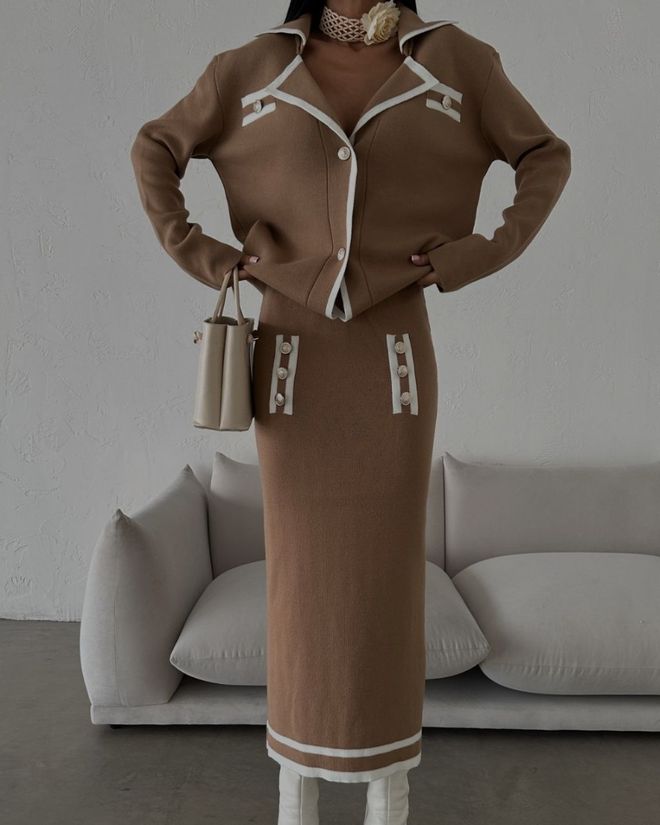
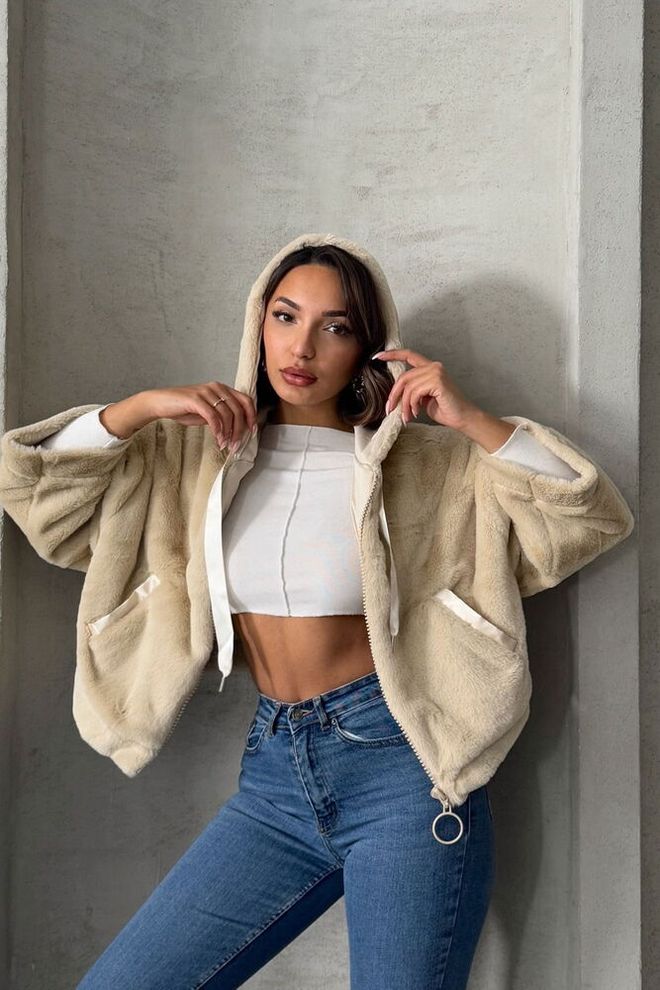
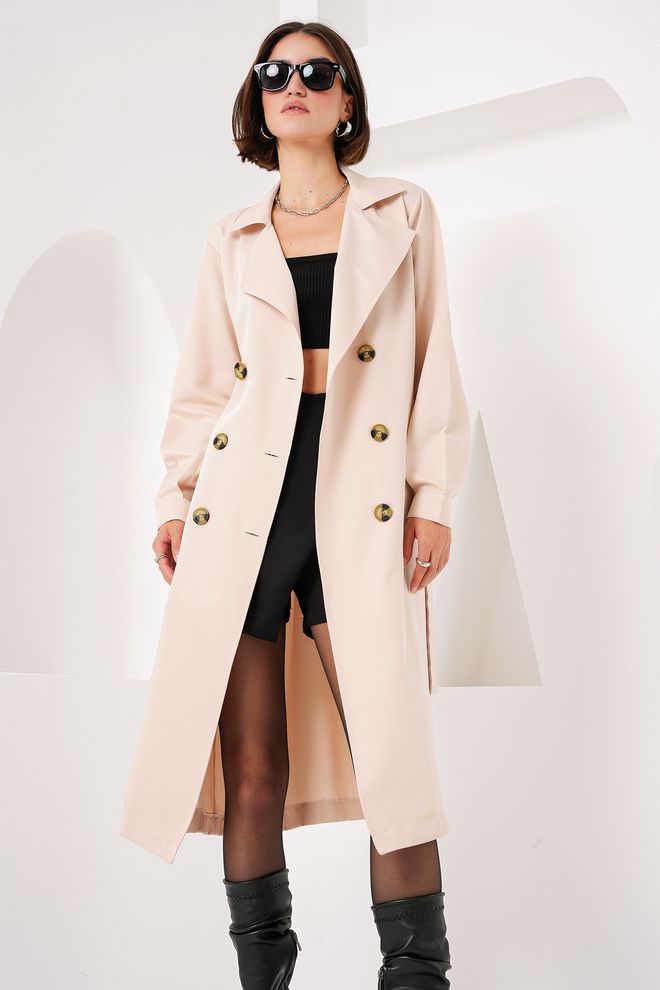
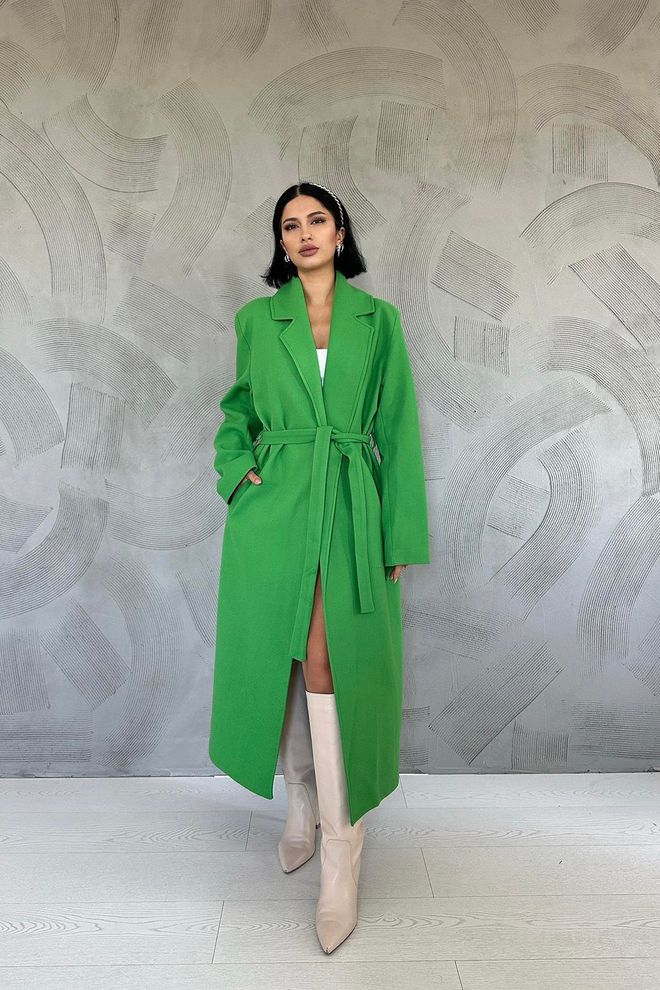

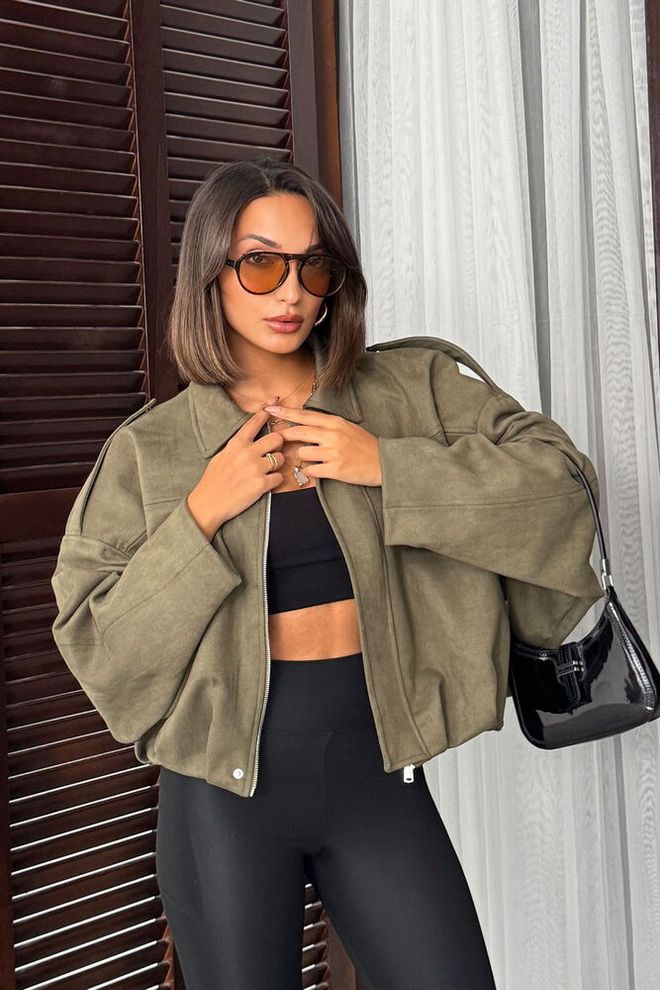
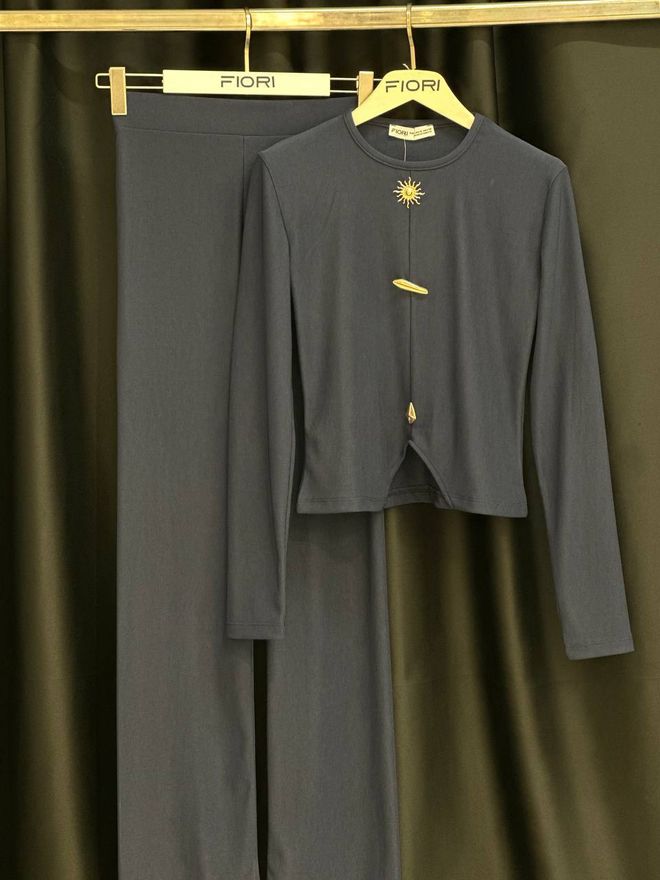
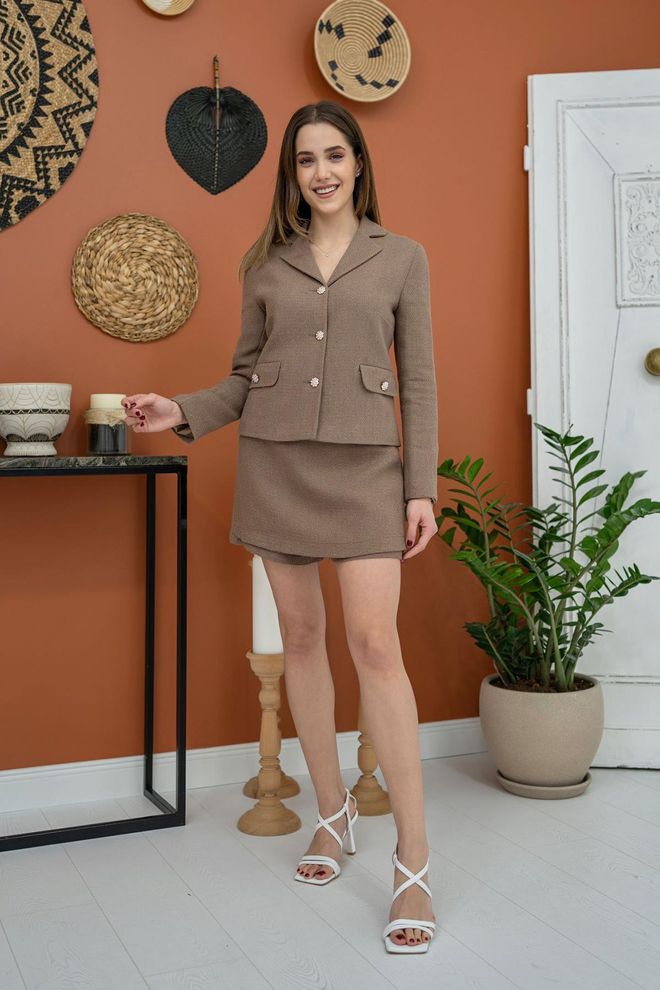
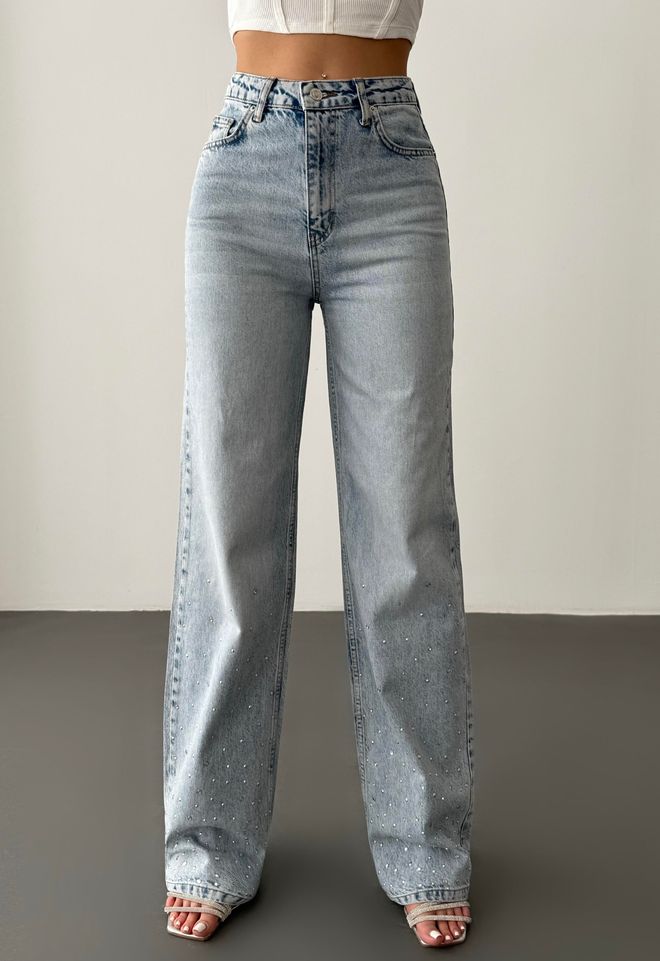

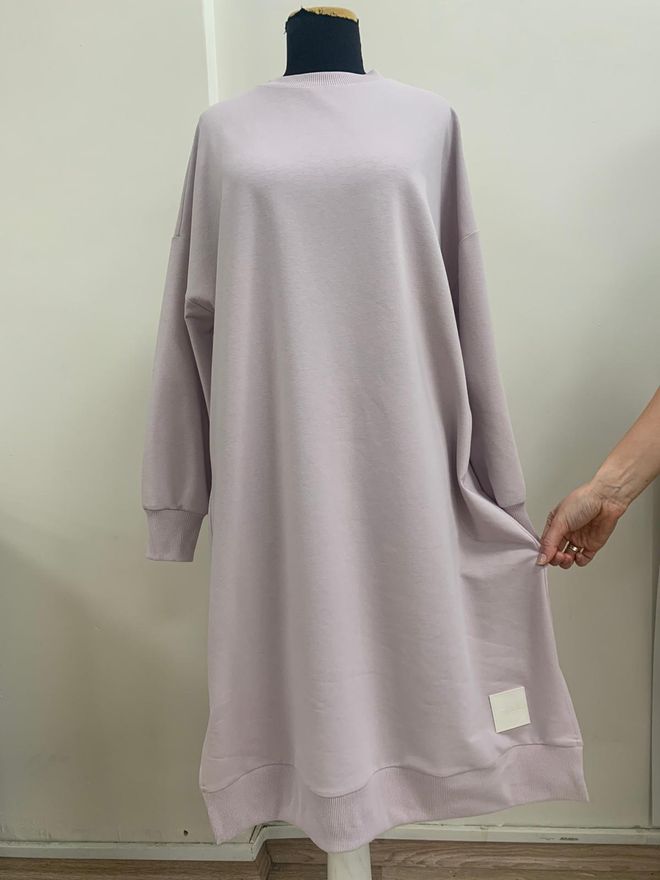
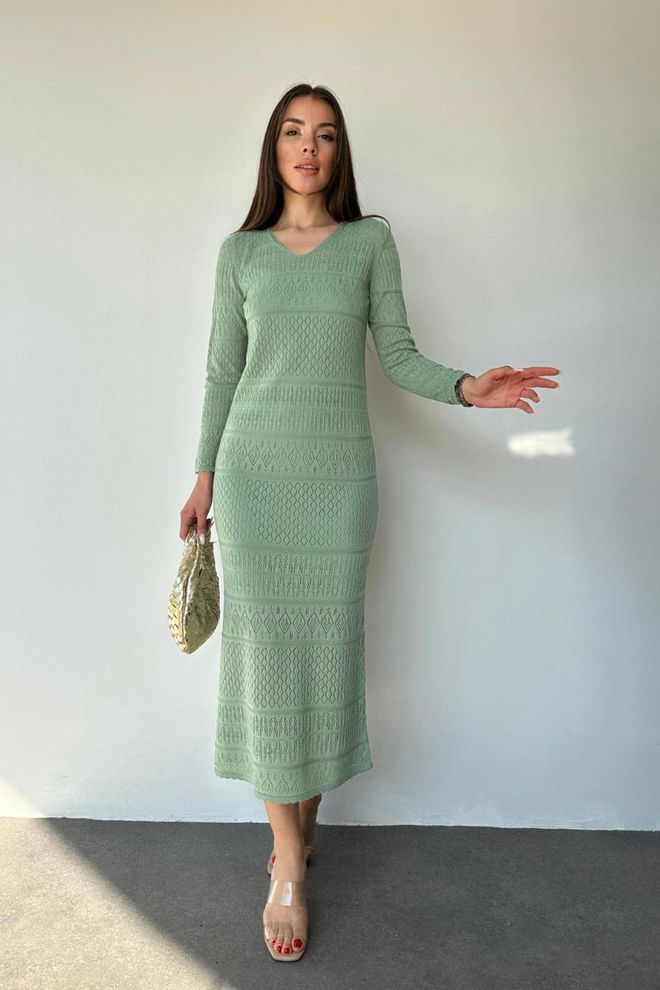
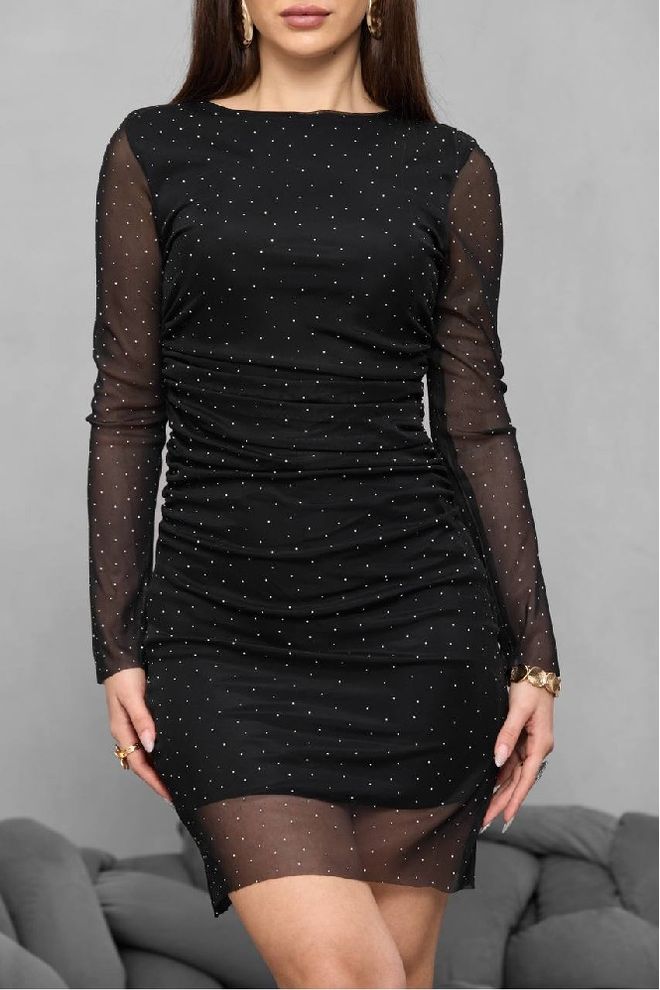
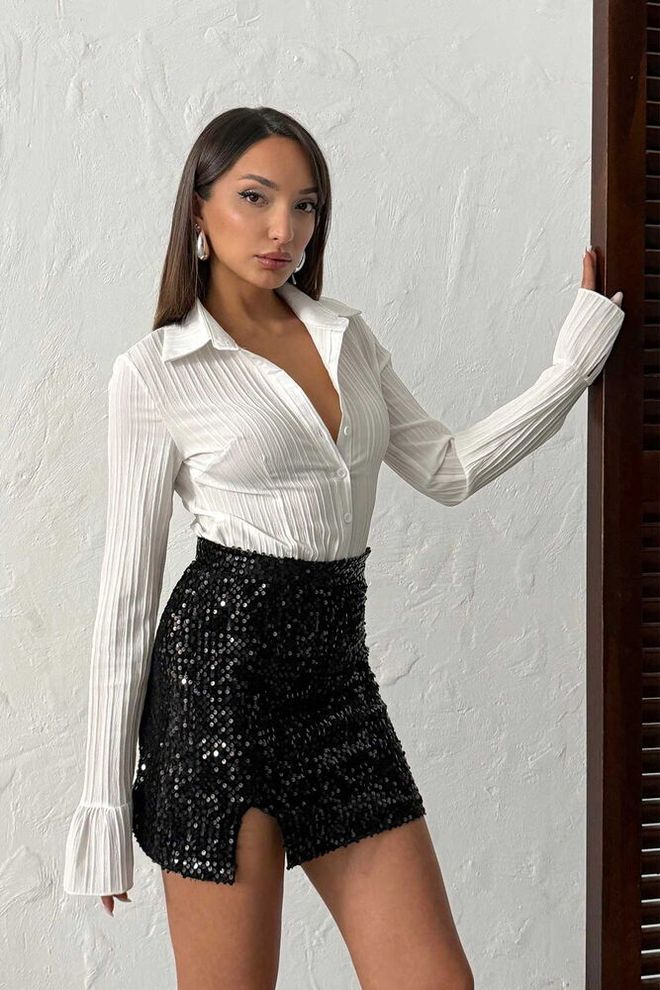
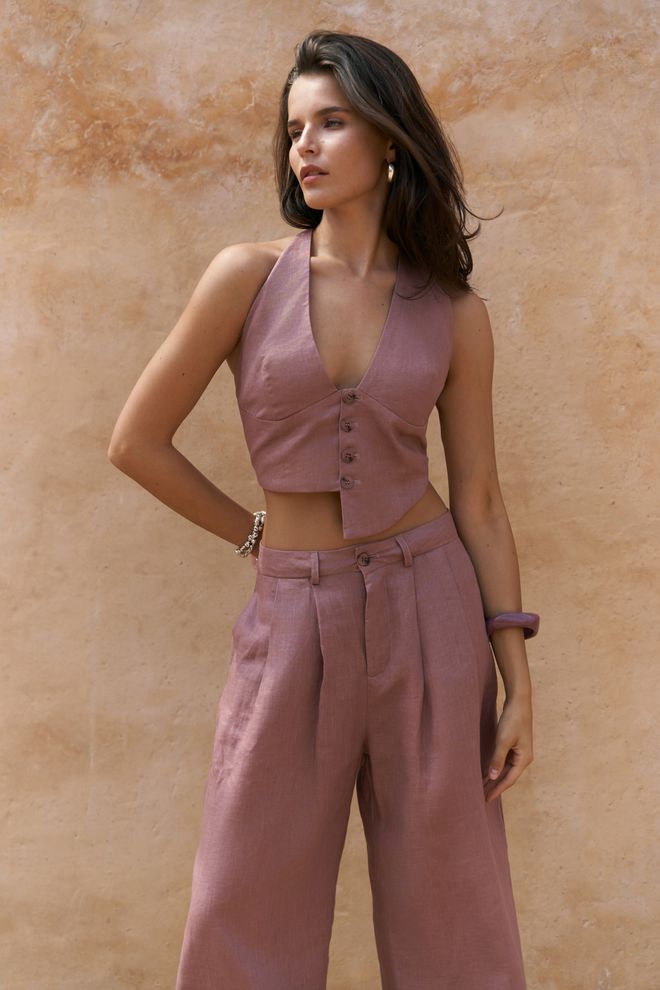
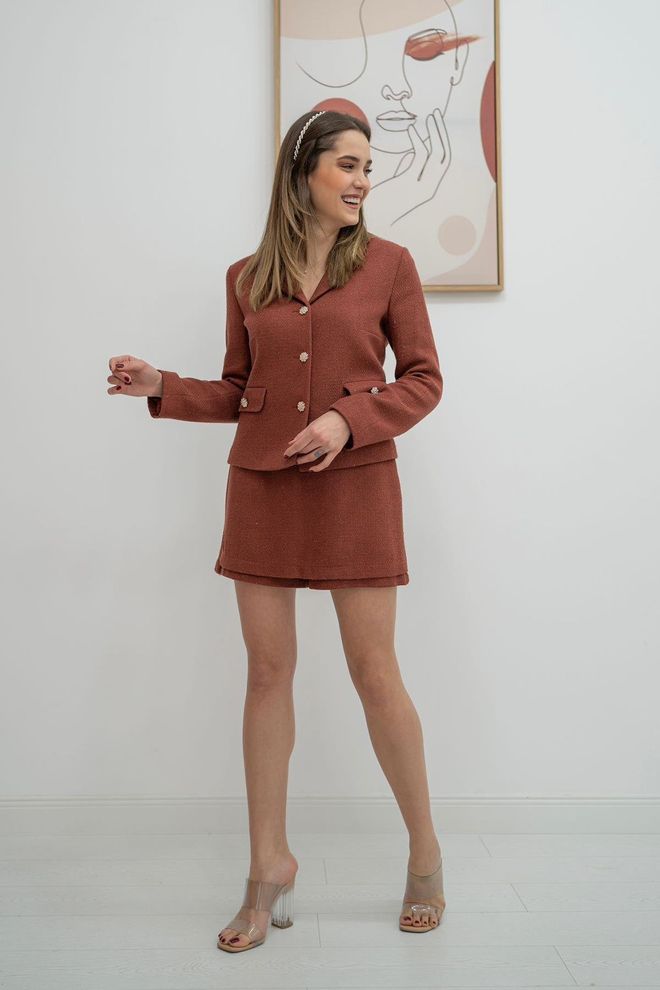
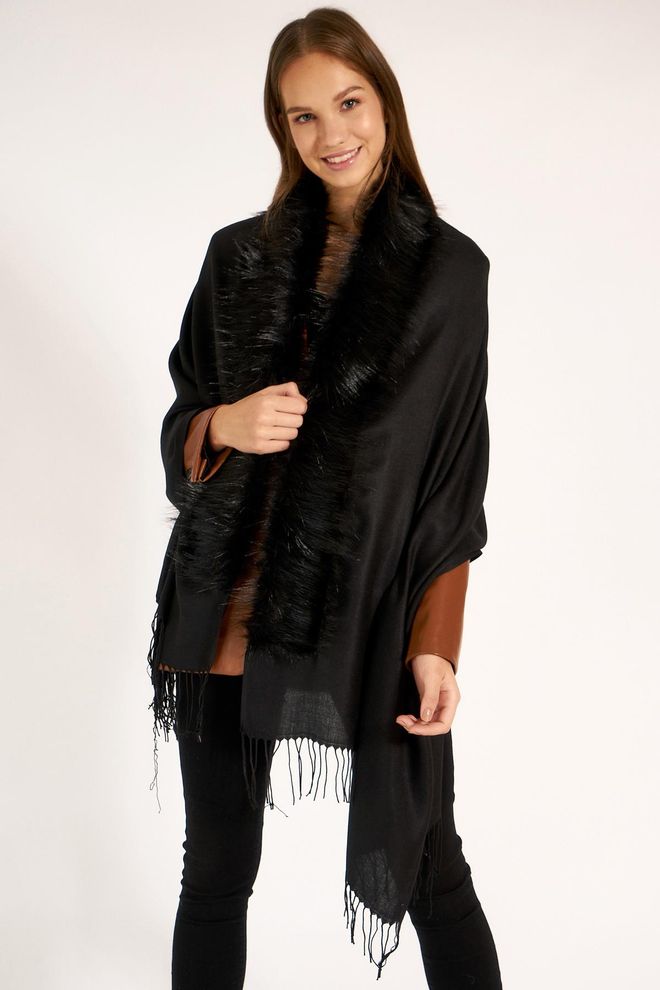
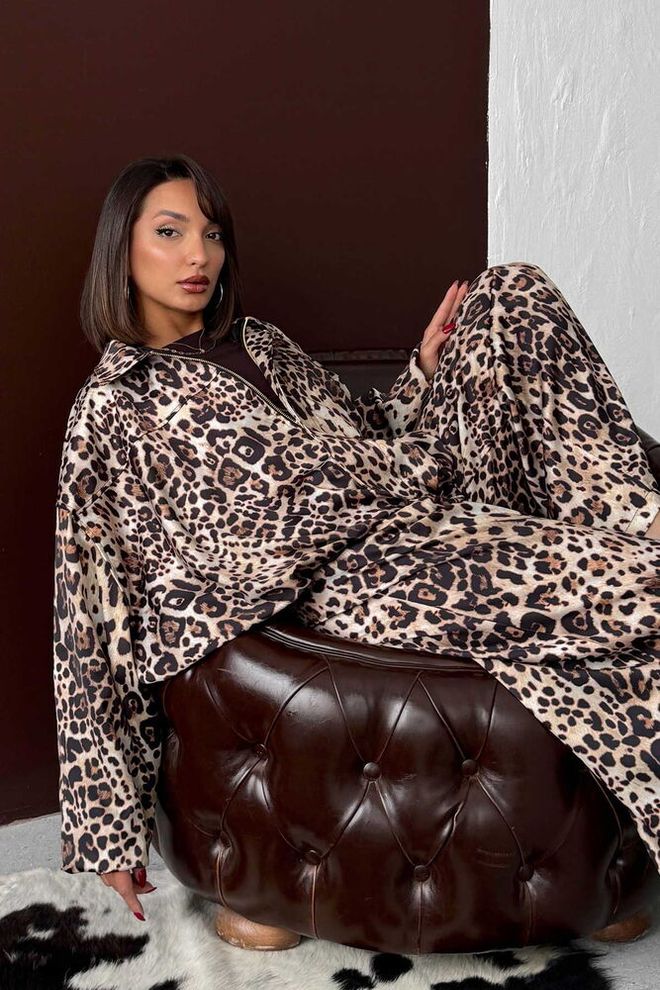
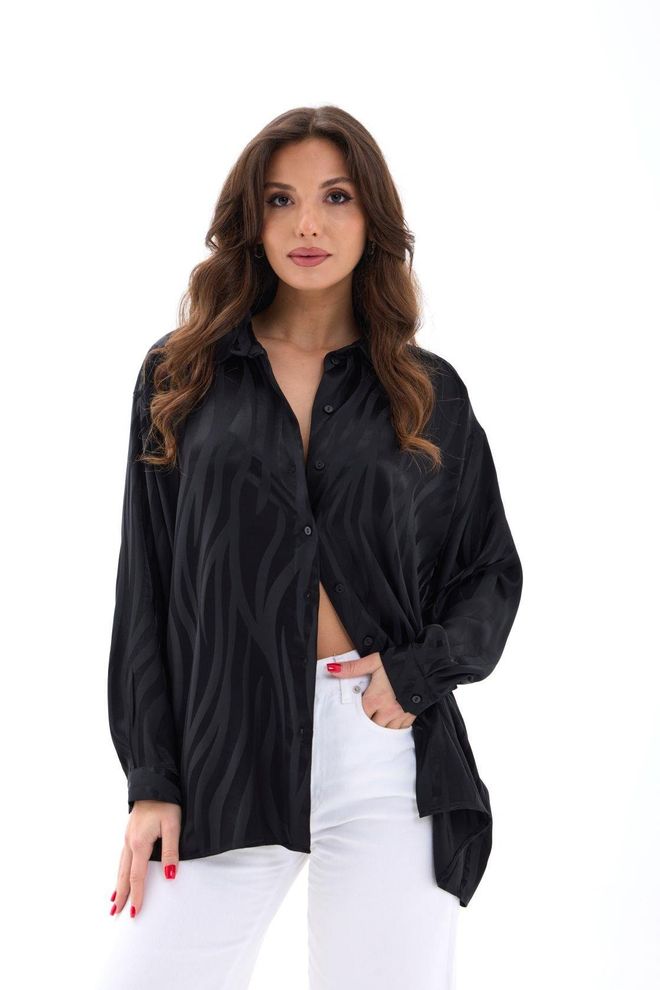
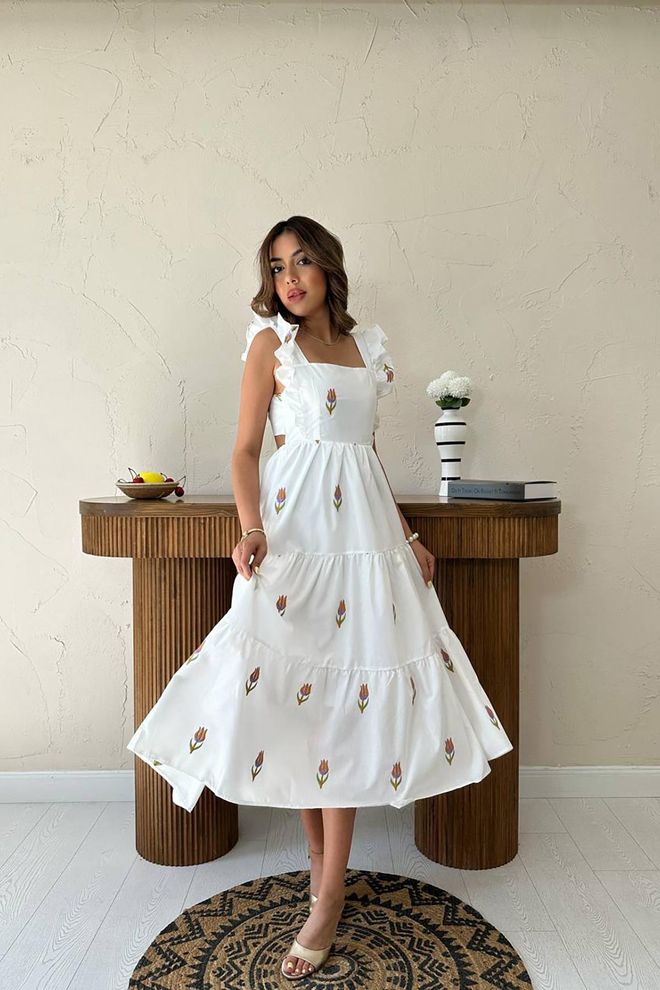
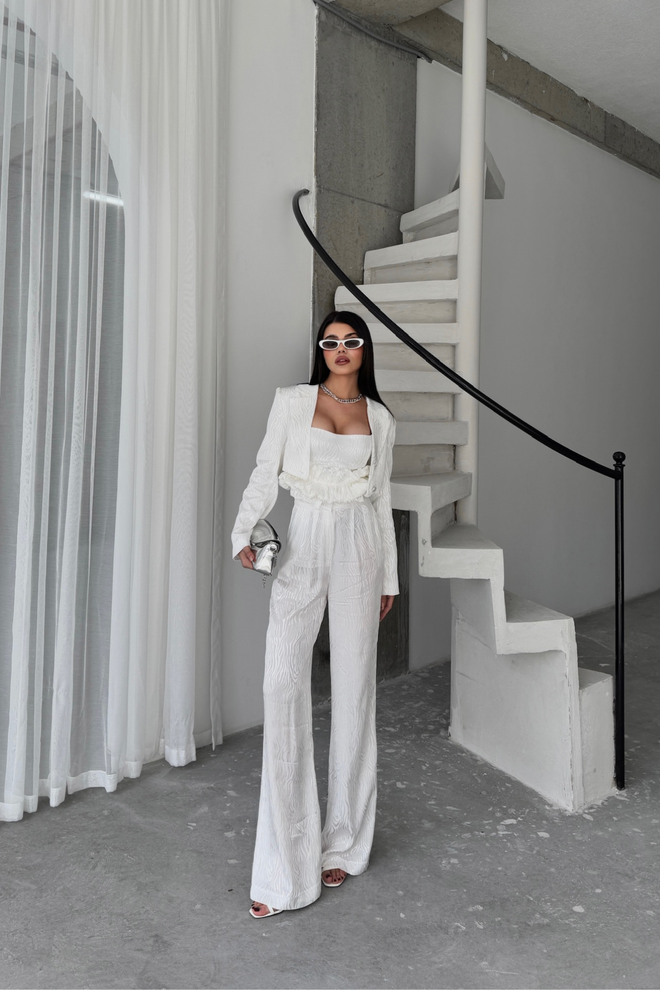
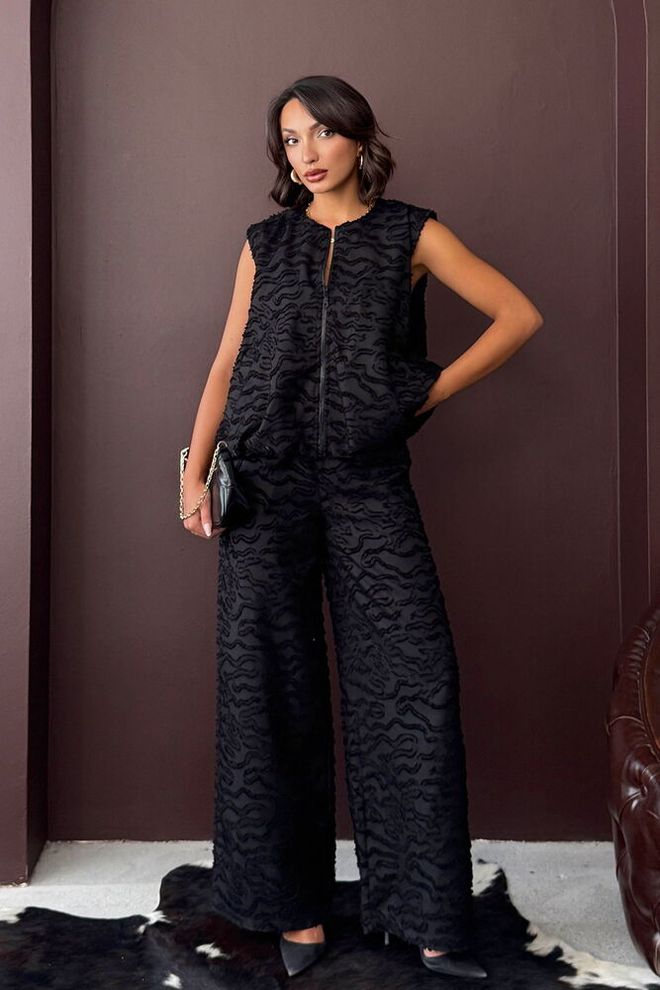
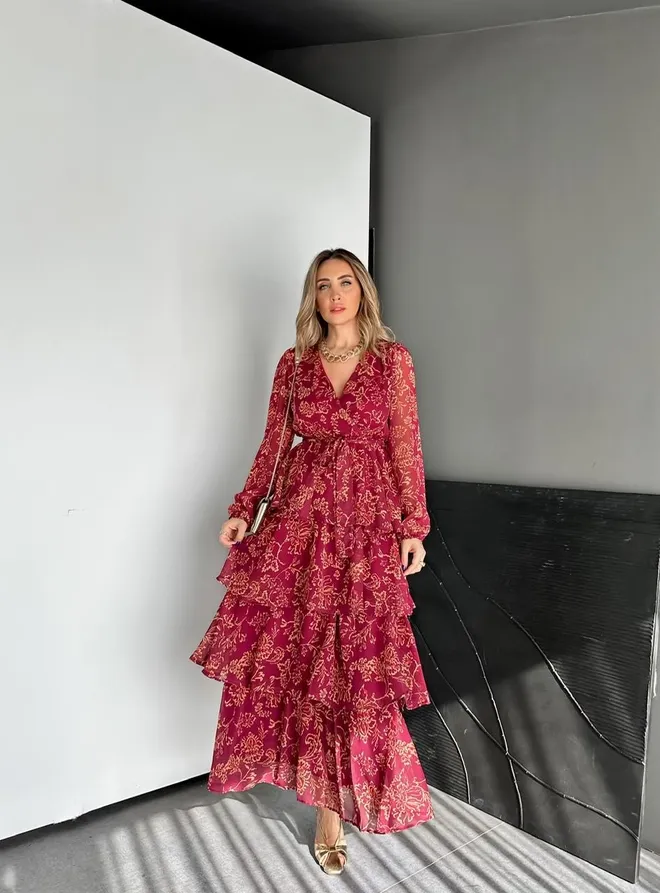
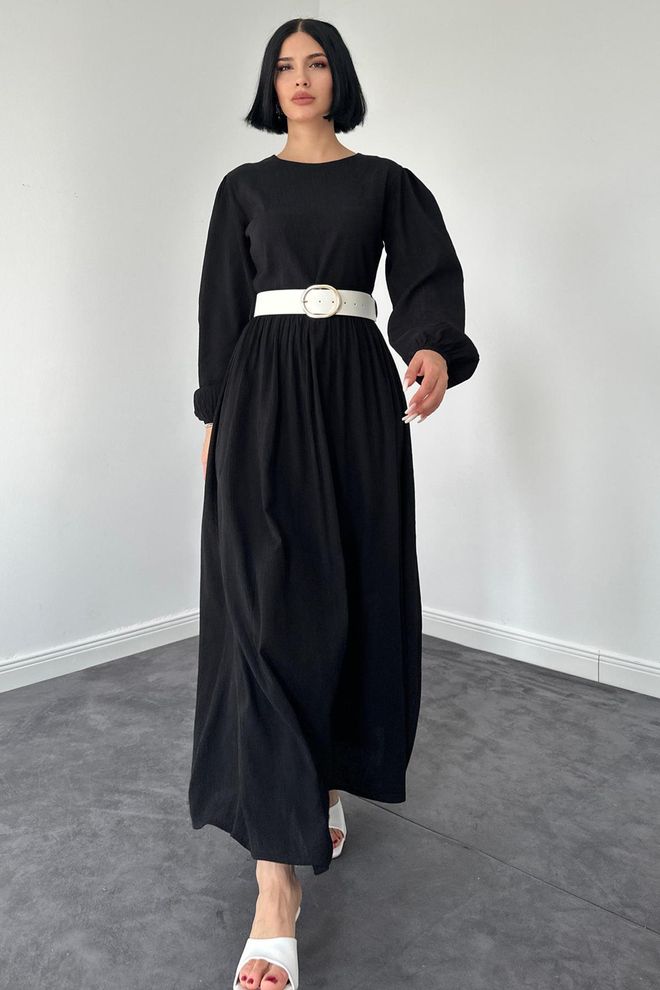




















































![[2024] Top 11 Wholesale Jeans Suppliers](https://db5nh1xljxisr.cloudfront.net/eyJidWNrZXQiOiJsb25jYXBhemFyIiwia2V5IjoiYmxvZy1pbWFnZXMvw5Z6Z2VFZmV5dXJ0bHUvMTY4ODM4ODQ5ODc0My9tYWluX2ltYWdlIiwiZWRpdHMiOnsicmVzaXplIjp7ImZpdCI6ImNvbnRhaW4iLCJ3aWR0aCI6MjExLjIwMDAwMDAwMDAwMDAyfSwicm90YXRlIjpudWxsLCJyb3VuZENyb3AiOmZhbHNlLCJmb3JtYXQiOiJhdmlmIiwiYXZpZlF1YWxpdHkiOjMwfX0=)
![[2024] Top 10 Turkish Suppliers to Buy Wholesale Abaya](https://db5nh1xljxisr.cloudfront.net/eyJidWNrZXQiOiJsb25jYXBhemFyIiwia2V5IjoiYmxvZy1pbWFnZXMvUmF2emFHw7xsZcOnecO8ei8xNjg4NTcxMzEwNzA0L21haW5faW1hZ2UiLCJlZGl0cyI6eyJyZXNpemUiOnsiZml0IjoiY29udGFpbiIsIndpZHRoIjoyMTEuMjAwMDAwMDAwMDAwMDJ9LCJyb3RhdGUiOm51bGwsInJvdW5kQ3JvcCI6ZmFsc2UsImZvcm1hdCI6ImF2aWYiLCJhdmlmUXVhbGl0eSI6MzB9fQ==)
